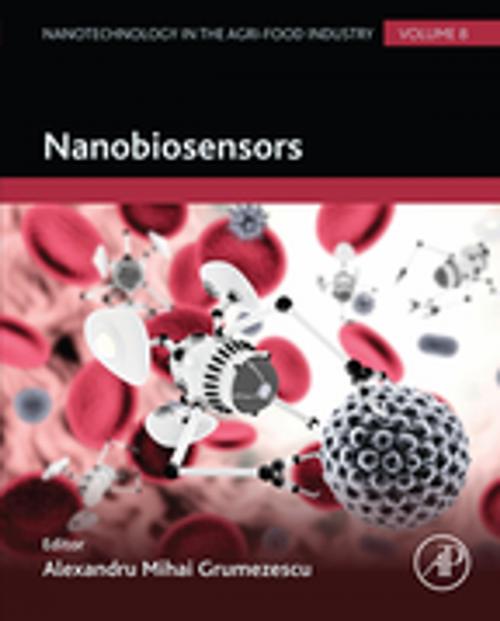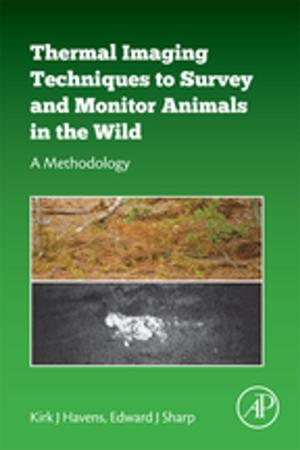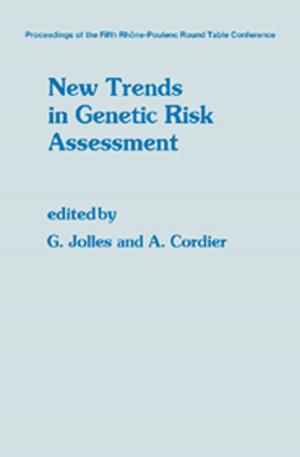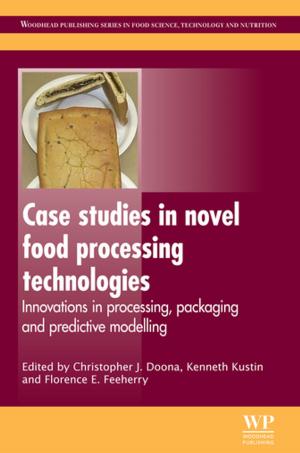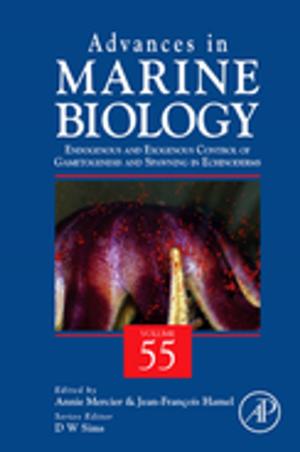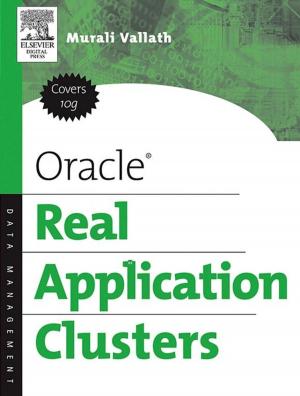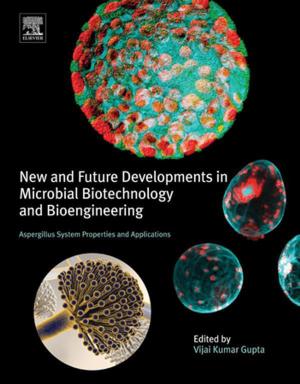| Author: | ISBN: | 9780128043721 | |
| Publisher: | Elsevier Science | Publication: | December 20, 2016 |
| Imprint: | Academic Press | Language: | English |
| Author: | |
| ISBN: | 9780128043721 |
| Publisher: | Elsevier Science |
| Publication: | December 20, 2016 |
| Imprint: | Academic Press |
| Language: | English |
Nanobiosensors: Nanotechnology in the Agri-Food Industry, Volume 8, provides the latest information on the increasing demand for robust, rapid, inexpensive, and safe alternative technologies that monitor, test, and detect harmful or potentially dangerous foods. Due to their high sensitivity and selectivity, nanobiosensors have attracted attention for their use in monitoring not only biological contaminants in food, but also potential chemical and physical hazards.
This book offers a broad overview regarding the current progress made in the field of nanosensors, including cutting-edge technological progress and the impact of these devices on the food industry. Special attention is given to the detection of microbial contaminants and harmful metabolotes, such as toxins and hormones, which have a great impact on both humans and animal health and feed.
- Includes the most up-to-date information on nanoparticles based biosensors and quantum dots for biological detection
- Provides application methods and techniques for research analysis for bacteriological detection and food testing
- Presents studies using analytical tools to improve food safety and quality analysis
Nanobiosensors: Nanotechnology in the Agri-Food Industry, Volume 8, provides the latest information on the increasing demand for robust, rapid, inexpensive, and safe alternative technologies that monitor, test, and detect harmful or potentially dangerous foods. Due to their high sensitivity and selectivity, nanobiosensors have attracted attention for their use in monitoring not only biological contaminants in food, but also potential chemical and physical hazards.
This book offers a broad overview regarding the current progress made in the field of nanosensors, including cutting-edge technological progress and the impact of these devices on the food industry. Special attention is given to the detection of microbial contaminants and harmful metabolotes, such as toxins and hormones, which have a great impact on both humans and animal health and feed.
- Includes the most up-to-date information on nanoparticles based biosensors and quantum dots for biological detection
- Provides application methods and techniques for research analysis for bacteriological detection and food testing
- Presents studies using analytical tools to improve food safety and quality analysis
